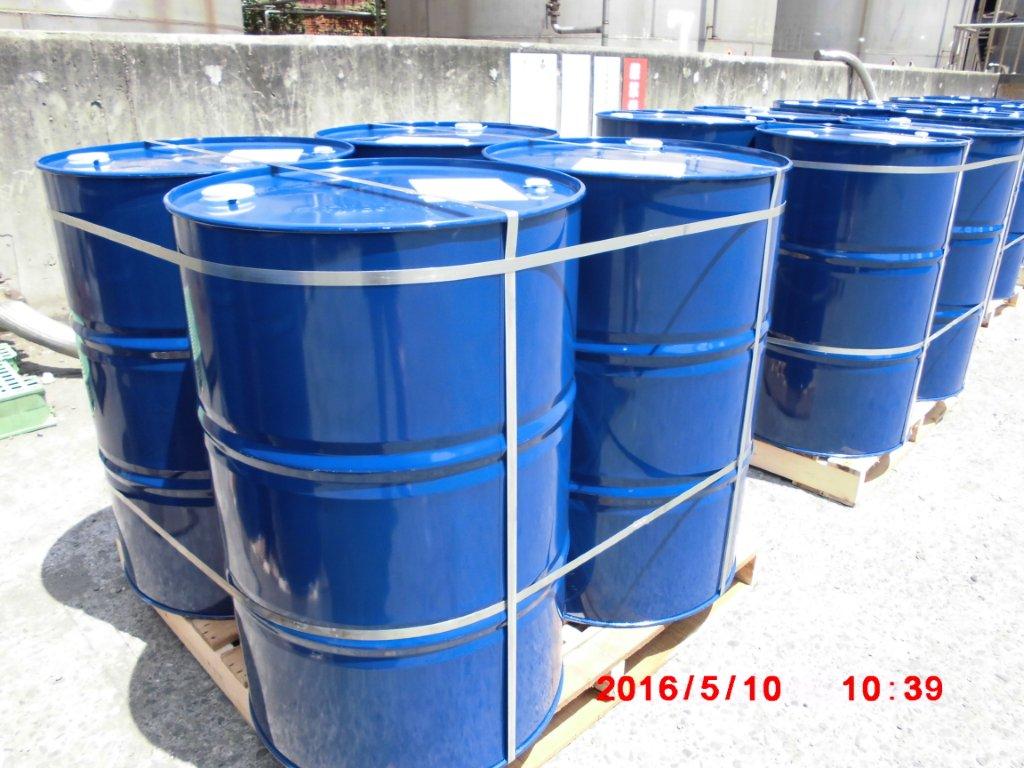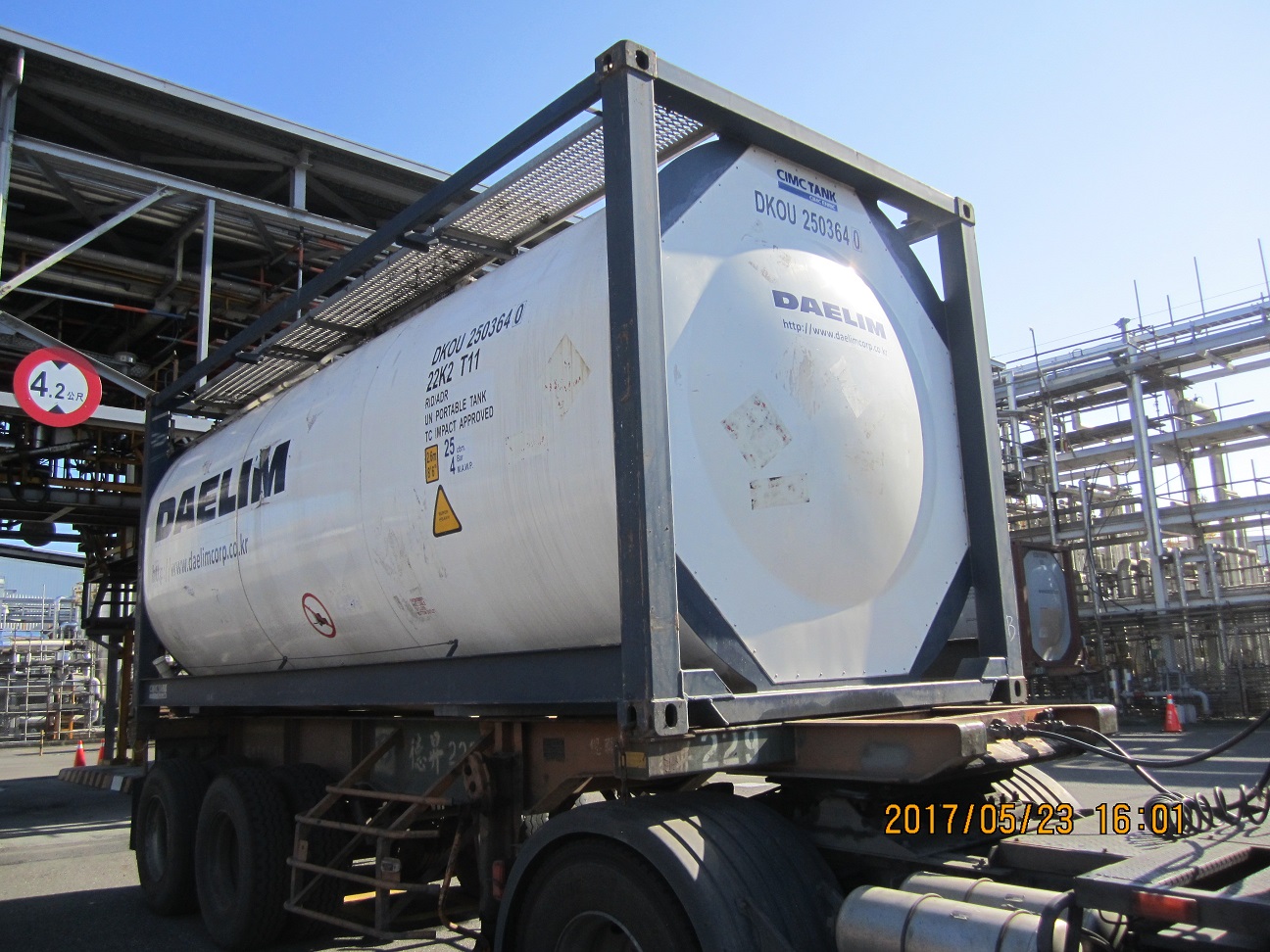

What is Polytetramethylene Ether Glycol (PTMEG) and PTG application?
Polytetramethylene Ether Glycol (C4H8O)n , commonly known as PTEG, is a type of polyether polyol that belongs to the family of polyester polyols. It is produced through the polymerization of tetrahydrofuran (THF) and is characterized by its long chain of repeating ethylene oxide units.
Synonyms of Polytetramethylene Ether Glycol (PTEG):
- Poly(tetramethylene ether) glycol
- Poly(tetramethylene oxide) glycol
- PolyTHF
- PTMEG
- Terathane
Applications of Polytetramethylene Ether Glycol (PTEG):
- Polyurethane Production: PTEG is a crucial component in the production of polyurethane elastomers, fibers, and foams. When combined with diisocyanates, it forms polyurethane elastomers with excellent flexibility and resilience, making it suitable for applications such as synthetic leather, spandex fibers, and foam cushioning.
- Synthetic Leather and Textiles: PTEG is used as a soft segment in the production of synthetic leather, providing the material with a soft and leather-like feel. It is also utilized in the production of elastomeric fibers, giving textiles stretch and recovery properties.
- Adhesives and Sealants: PTEG is employed in the formulation of adhesives and sealants, providing flexibility and enhancing adhesive properties.
- Lubricants: Due to its excellent lubricating properties, PTEG is used as a base fluid in certain lubricant formulations.
- Medical Devices: PTEG is used in medical applications, such as in the production of catheters, tubing, and wound dressings, where its soft and flexible characteristics are desirable.
- Coatings: PTEG is utilized in the production of coatings and surface treatments to improve flexibility and impact resistance.
- Electrical Insulation: PTEG is used in the electrical industry as an insulating material due to its excellent dielectric properties.
